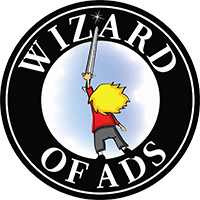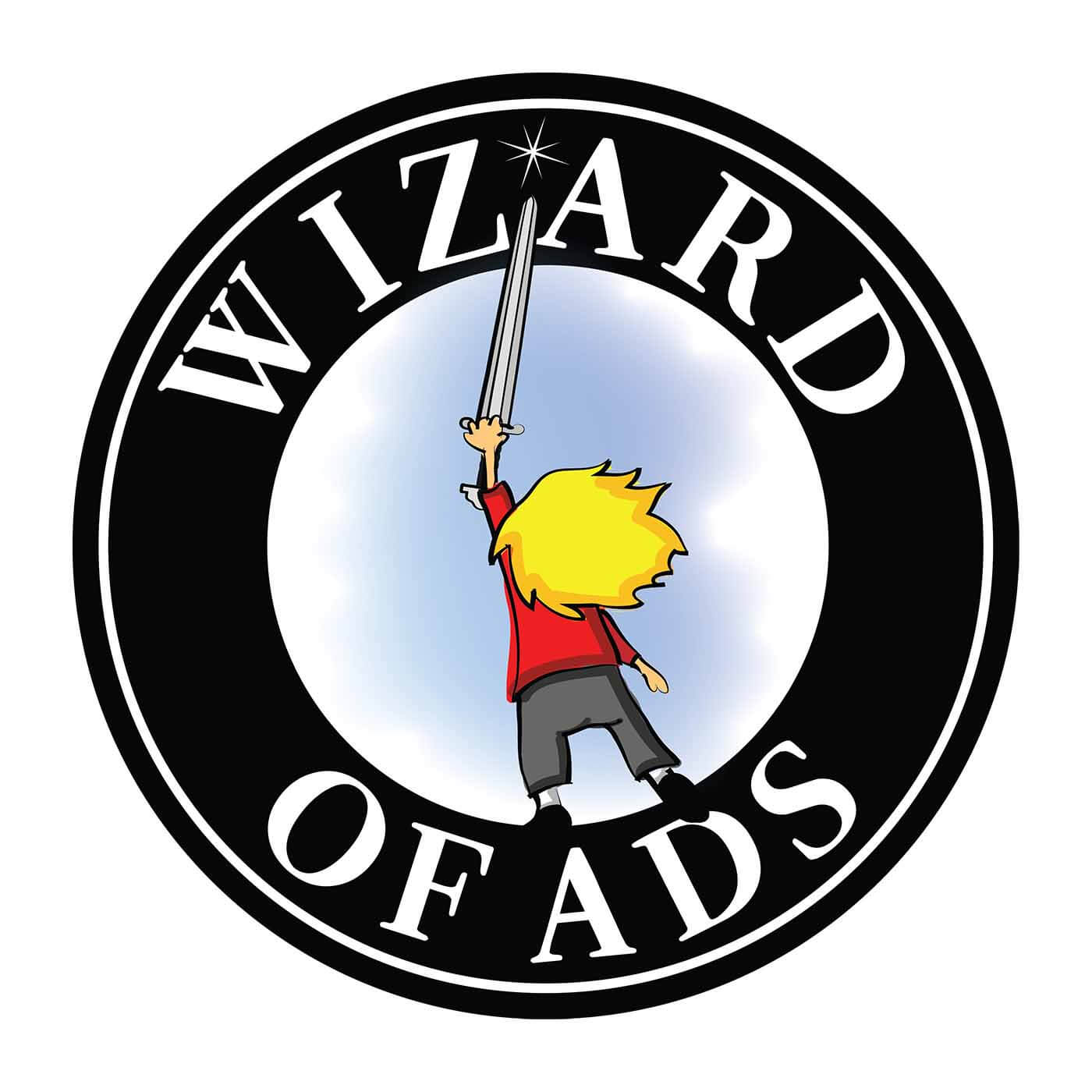full
10 Tips for Advertisers
- Bad ads waddle like a porcupine and make lots of little points.
- Good ads charge like a rhinoceros and make a single point powerfully.
This is true regardless of your choice of media.
- Ad budgets are like that, too.
When universities ask me to address their Advertising & Marketing majors just prior to graduation, I always warn those young “advertising experts” never to give advice to friends or family members who are involved in a local business. “This is because everything you have been taught assumes you will go to work in marketing for a Fortune 500 company, or for an advertising agency that places the media for large, national brands. You have not been taught how to grow a local business.” And then I ask their professors – in front of the students – whether they agree or disagree with what I just said.
One hundred percent of the time, without exception, every professor has agreed with me. Most of the time, they start nodding their heads in affirmation when I say, “…everything you have been taught assumes you will go to work in marketing for a Fortune 500 company…”
- The most dangerous of these Fortune 500 concepts is the idea of a “media mix.”
The widespread belief about the value of a “media mix” has caused small business owners to sprinkle their ad budgets across several different media because they are worried they are going to “miss” someone. After all, “Not everyone listens to the radio.” “Not everyone watches the news.” “Not everyone looks at billboards.” “Not everyone blah, blah, blah.”
Advertiser, you can’t afford to reach everyone. You’ve got to choose who to lose.
Would you rather reach 100% of the people and convince them 10% of the way, or reach 10% of the people and convince them 100% of the way? Repetition is effective. Repetition is effective.
Don’t be a porcupine. Be a rhino.
- If you sell a product or a service that most people will need sooner-or-later and you suspect you’ve been sprinkling your ad budget, “a little bit here and a little bit there,” try spending 80% of your ad budget on a single mass media and the remaining 20% online. The choice of mass media is up to you, but it’s hard to go wrong with local broadcast radio or television newscasts. People rarely record the TV news on their DVRs. They watch it live. The same is true of live sporting events.
By the way, in case I forget to tell you this later, repetition is effective.
- “Wait a minute,” you say, “you told me to be a rhino and not to sprinkle my budget, but now you’re telling me that 20% of my budget should be spent online! What’s up?”
Google is the new phone book, so you must have an online presence. Properly used, mass media will make you the provider that people think of immediately and feel the best about, but the first thing those people are going to do when they need what you sell is go online to look for your phone number, or your store hours, or your street address, or at your online reviews.
You’ve got to show up when your customer is looking for you.
- There are instances – particularly in the home service categories – when it makes sense to use geotargeting. If time and energy are an underutilized resource, the placement of door hangers and lawn signs and the slipping of flyers under windshield wipers are old-school techniques that still pay big dividends. This is what I call, “shoe leather on the sidewalk.”
The geotargeting of neighborhoods can also be done online, and geofencing will even allow you to target the people who enter and exit a specific building. Cool, huh?
- “But what if I sell a product or a service that only a tiny percent of the population will ever want or need?”
Friend, that’s when you bet your entire ad budget online. But make sure that your gross profit margin will allow you to spend 25% to 33% of total top-line sales on advertising, because when all the shouting is over, that is what you’re likely to spend.
(Meanwhile, those local advertisers who are betting on the effectiveness of mass media are spending only 6% to 12% of total top-line sales on advertising.)
- Mild surprise is the foundation of delight.
In your ads,
A. if you say what your customers expected you to say, they will be bored.
B. if you make unsubstantiated claims, they will not believe you.
C. if you speak to anything other than a felt need, they will ignore you.
D. if you say something new, surprising and different, you will gain their attention.
E. if you give them reasons to like and trust and believe you, they will.
9. If you win the heart, the mind will follow. The intellectual mind will always create logic to justify what the emotional heart has already decided.
10. Repetition is effective,
repetition is effective,
repetition is effective.
Roy H. Williams

